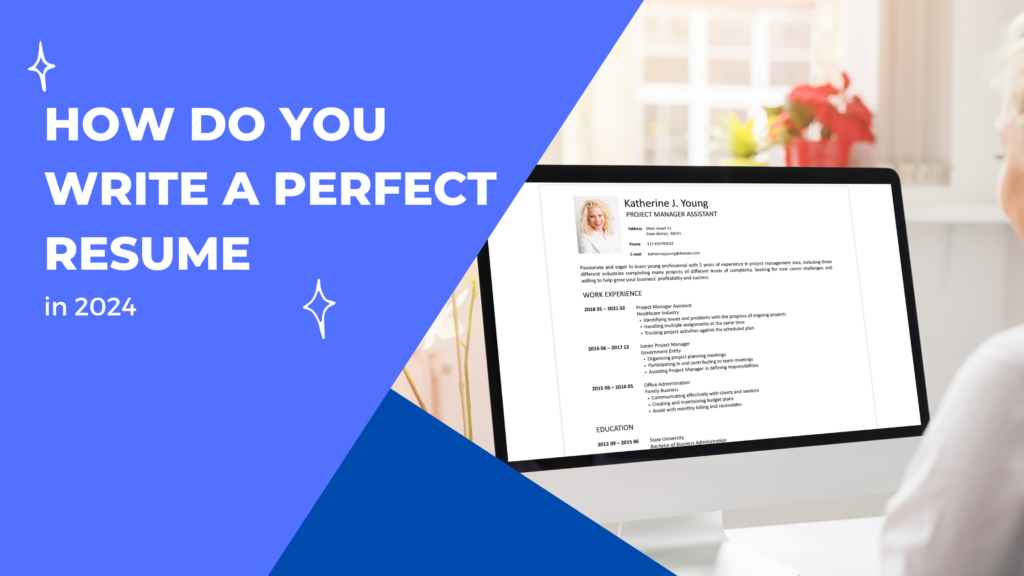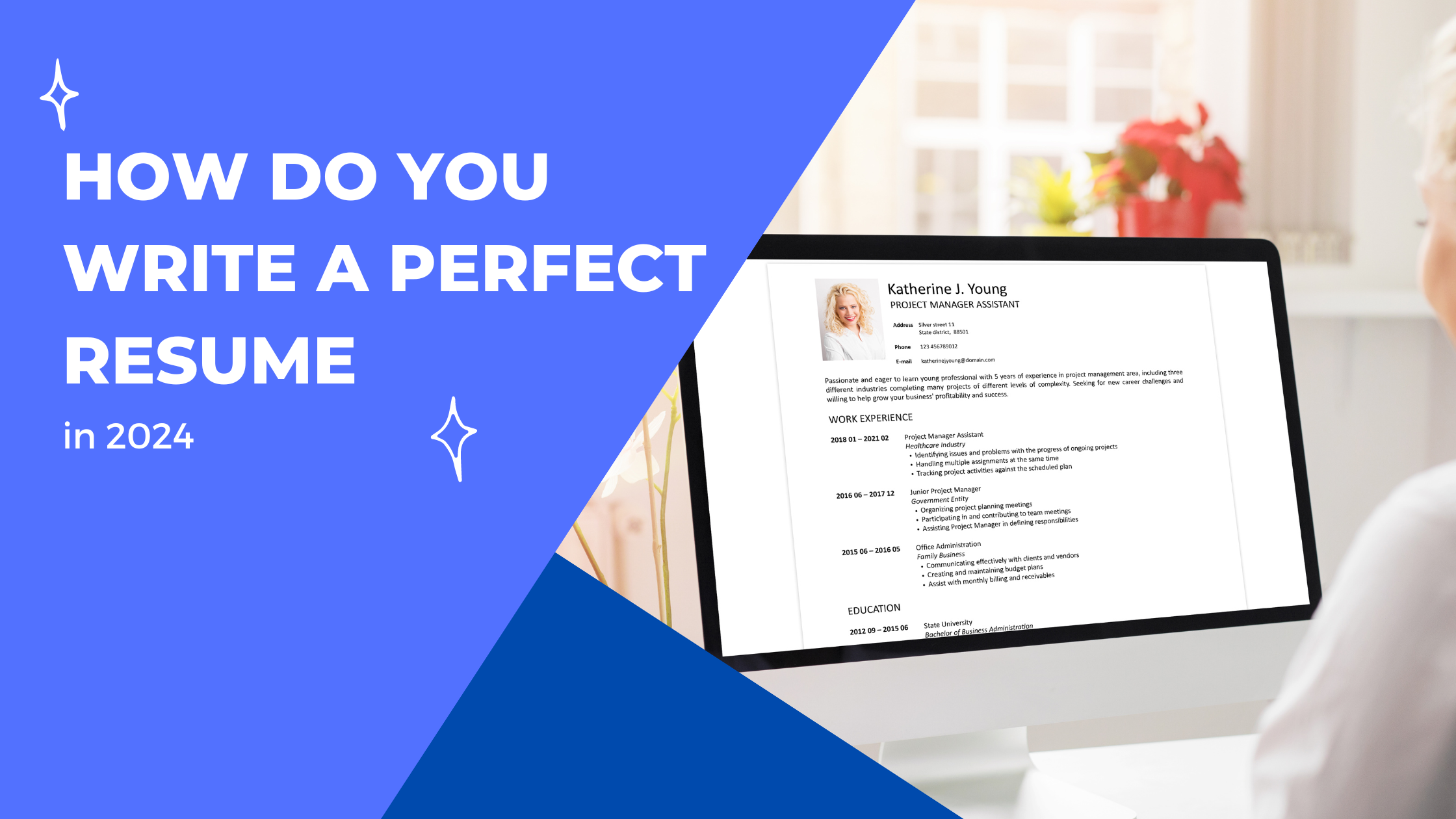Key Takeaways
-
Selecting the right resume format, such as reverse-chronological, functional, or combination, is crucial for framing your professional experience effectively and showcasing your career progression.
-
Your resume summary should be a compelling ‘elevator pitch’ featuring your professional title, years of experience, and key achievements tailored to capture the hiring manager’s attention.
-
Tailor your resume to the job you’re applying for and optimize it for applicant tracking systems (ATS) by strategically using relevant keywords and ensuring proper structure and formatting.
Start by Choosing the Ideal Resume Format
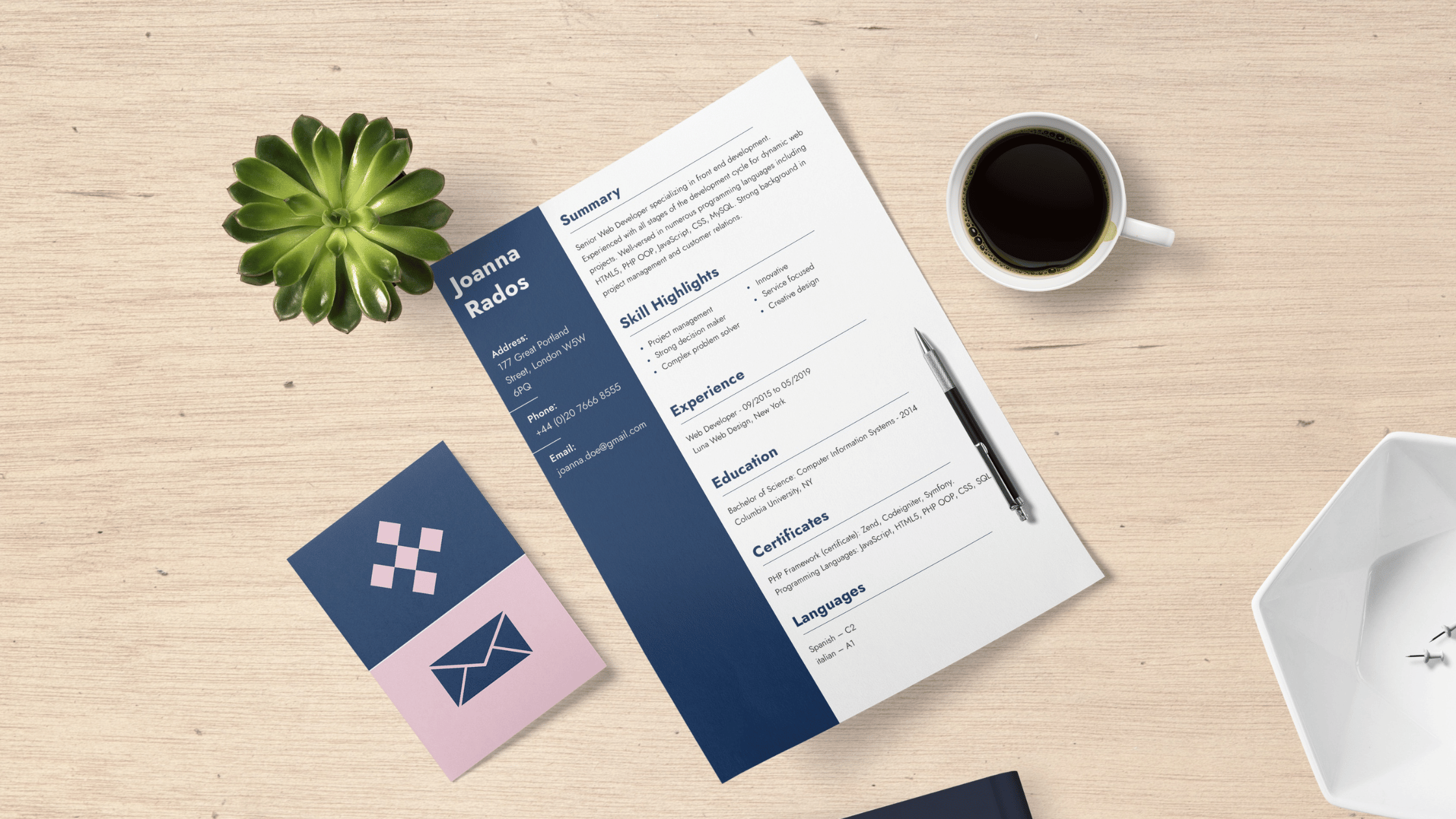
Imagine trying to read a book with no proper structure or format; it would be a confusing and frustrating experience, wouldn’t it? The same principle applies to your resume. Selecting the correct resume format is vital to effectively showcase your skills, qualifications, and accommodate your career history and job search strategy.
The three principal resume formats are:
-
Reverse-chronological format: emphasizes career progression (the most commonly used format)
-
Functional format: highlights skills and is beneficial for those with employment gaps
-
Combination format: merges elements of the first two formats
Picking the correct resume format involves evaluating your unique career situation and choosing between the commonly used formats – chronological, functional, or combination – to present your background in the strongest light.
The Chronological Resume: Showcasing Career Progression
Chronological resumes are like time machines, taking recruiters on a journey through your career history. A chronological resume:
-
Lists your work history in reverse chronological order
-
Highlights your career progression and relevant experience acquired over time
-
Is favored by many employers and is compatible with Applicant Tracking Systems (ATS)
-
Clearly demonstrates career progression, showcases stability, and relevant experience
-
Highlights significant achievements
However, the chronological resume has its downsides. It tends to spotlight employment gaps, may not be ideal for those shifting careers or new to the workforce, and doesn’t lend itself well to those with a nonlinear career trajectory. Additionally, it can draw unwanted attention to a history of frequent job changes.
This format works best for individuals with:
-
a consistent work history
-
relevant experience in the same industry
-
specific technical skills
-
solid career progression
-
no employment gaps
-
a strong network/personal brand
The Functional Resume: Focusing on Skills and Achievements
Have you ever felt like your work experience doesn’t tell the complete story of your capabilities? If so, a functional resume format might be the right approach for you.
A functional resume emphasizes skills and achievements rather than employment history and organizes work experience by skill categories. This format is advantageous for highlighting transferable skills, diminishing the prominence of employment gaps, and tailoring to specific jobs.
On the other hand, the functional format also has its limitations, including challenges in clearly demonstrating chronological work history, a lower acceptance rate as it’s a less common format, and potential issues with ATS compatibility.
The functional resume format is best suited for individuals changing careers, those with significant gaps in their employment, or those with varied work histories.
The Combination Resume: Merging the Best of Both Worlds
What if you could combine the best aspects of chronological and functional resumes? Enter the combination resume format. This format is a mix between a reverse chronological resume and a skills-based resume. This is a great option for job seekers with over 10 years of experience. It’s also ideal for those looking to progress in their careers..
For individuals transitioning into a new career, the combination resume allows the inclusion of a hybrid summary/objective to emphasize transferable skills and relevant experience.
Check out all the details on how each resume format and how to structure them in our post about Chronological vs. Functional resume formats.
Craft a Compelling Resume Summary

Picture your resume as a movie and the resume summary as its trailer. Just as a movie trailer gives a sneak peek into the film, your resume summary provides a snapshot of your qualifications, enticing the hiring manager to read further. Our AI resume builder can be a valuable tool in crafting this important section.
A resume summary is a two to three-sentence statement highlighting qualifications and aimed at getting the hiring manager’s attention. It should capture:
-
Your professional title
-
Years of experience
-
Most significant achievements
-
Relevant skills
-
Unique strengths or value proposition
Present it right under your contact information or after a resume headline if one is included, and keep it concise, ideally 2-4 sentences long.
When and How to Write a Summary Statement
A resume summary statement is like your personal billboard, advertising your top career wins and why you’re the ideal candidate for the position. Gone are the days when resumes began with a dry objective statement. Modern resume writing has shifted towards using professional summaries or profile sections due to their alignment with current employment practices.
Summarizing Your Unique Selling Points
You are unique, and your resume should reflect that! Within the confines of your resume summary, it’s vital to highlight your unique value proposition to make a strong first impression. Identify specific unique selling points that set you apart from other candidates.
Transform job duties into compelling achievements by emphasizing how your actions contributed to the organization’s success, ultimately leading you closer to your dream job. In this process, it’s important to consider the relevance of your current job title to the desired position.
For more inspiration on how to write your perfect resume summary, you can browse real examples in our free resume examples section.
Tailoring Your Resume for the Job description and ATS

Consider your resume as a custom tailored suit, made to fit the specific job you’re applying for. Most hiring managers use an applicant tracking system to scan and filter resumes, emphasizing the need for strategic placement of relevant keywords that match the job description.
For effective ATS optimization, a resume should include both the long-form and acronym versions of keywords, as ATS searches might look for either variation.
Keywords should be embedded throughout the resume, including in the summary statement, skills list, and other sections using the exact terminology from the job posting. In addition, pay attention to the specific job titles mentioned in the job posting to ensure your resume aligns with the employer’s expectations.
Matching Keywords with Job Requirements
Like a puzzle, your good resume needs to fit the job requirements perfectly. To enhance ATS optimization, include keywords relevant to the job description in your resume, especially within the summary statement if you have relevant experience.
Ensure visibility in ATS searches by including relevant keywords in both their long-form and acronym versions.
Get Past the ATS with Powerful Resume Keywords
Structuring Your Resume for ATS Compatibility
Just like a well-structured essay captivates a reader, a well-structured resume captivates the ATS. Keeping resume formatting simple with clear sections and bullet points helps balance ATS readability with visual appeal. Resumes must use black dot bullet points and avoid non-traditional bullet shapes to ensure appropriate parsing by ATS.
Choosing an ATS-friendly resume template can help ensure the resume passes the ATS test, thereby increasing the likelihood of the resume reaching human eyes.
Highlight Your Relevant Skills

Imagine your skills are the ingredients that make up a delicious dish that is your career. Incorporating both hard and soft skills on a resume is crucial, as hiring managers look for a blend of both types of skills.
Technical skills on a resume should include specific hard skills and certifications relevant to the job, while key skills should encompass both technical skills and soft skills.
Soft skills should reflect a candidate’s personality and personal attributes that are relevant to the job and work culture.
Distinguishing Between Hard and Soft Skills
You wouldn’t use a hammer to cut a piece of wood, would you? Similarly, different situations call for different skills. Hard skills are technical abilities specifically required to perform job-related tasks, which one typically acquires through education, formal training, or extensive practice.
Soft skills, on the other hand, are interpersonal attributes like adaptability, teamwork, and problem-solving that determine how someone interacts with colleagues and integrates into a workplace’s culture.
Presenting Skills with Impact for the Hiring Manager
Your skills are not just a list; they are the fuel that drives your career engine. Bullet points should be used to present skills in the resume, ensuring the section is concise and easily scannable for both hiring managers and ATS systems.
Tailoring skills on a resume means including those that are most relevant to the job position being applied for, and presenting these with concrete numerical achievements where possible.
Incorporating Work Experience and Achievements

Work experience and professional achievements are the bricks that build the house of your career. Highlight your most significant career achievements using the PAR formula to convey the problems you’ve tackled, the actions you took, and the results achieved, ensuring to quantify the impact wherever possible.
Organize the work experience section in reverse-chronological order, beginning with your most recent role.
Selecting and Formatting Your Professional History
Your professional history is the roadmap of your career journey. It’s crucial to list the last 10-15 years of work experience or the 3-4 most recent jobs, whichever is greater, to keep the resume relevant and concise.
Present work experience in reverse chronological order, starting with the most recent job to demonstrate your career progression.
Turning Responsibilities into Accomplishments
Your responsibilities define your role, but your accomplishments define your impact. Including quantifiable achievements in a resume summary provides a clear demonstration of your value and the positive impact you’ve made, such as boosting sales or reducing costs.
Skills on a resume should be depicted through examples of past impact, particularly with the use of quantifiable data to provide a clearer and more compelling case for each skill’s effectiveness.
Educational Credentials and Continuous Learning
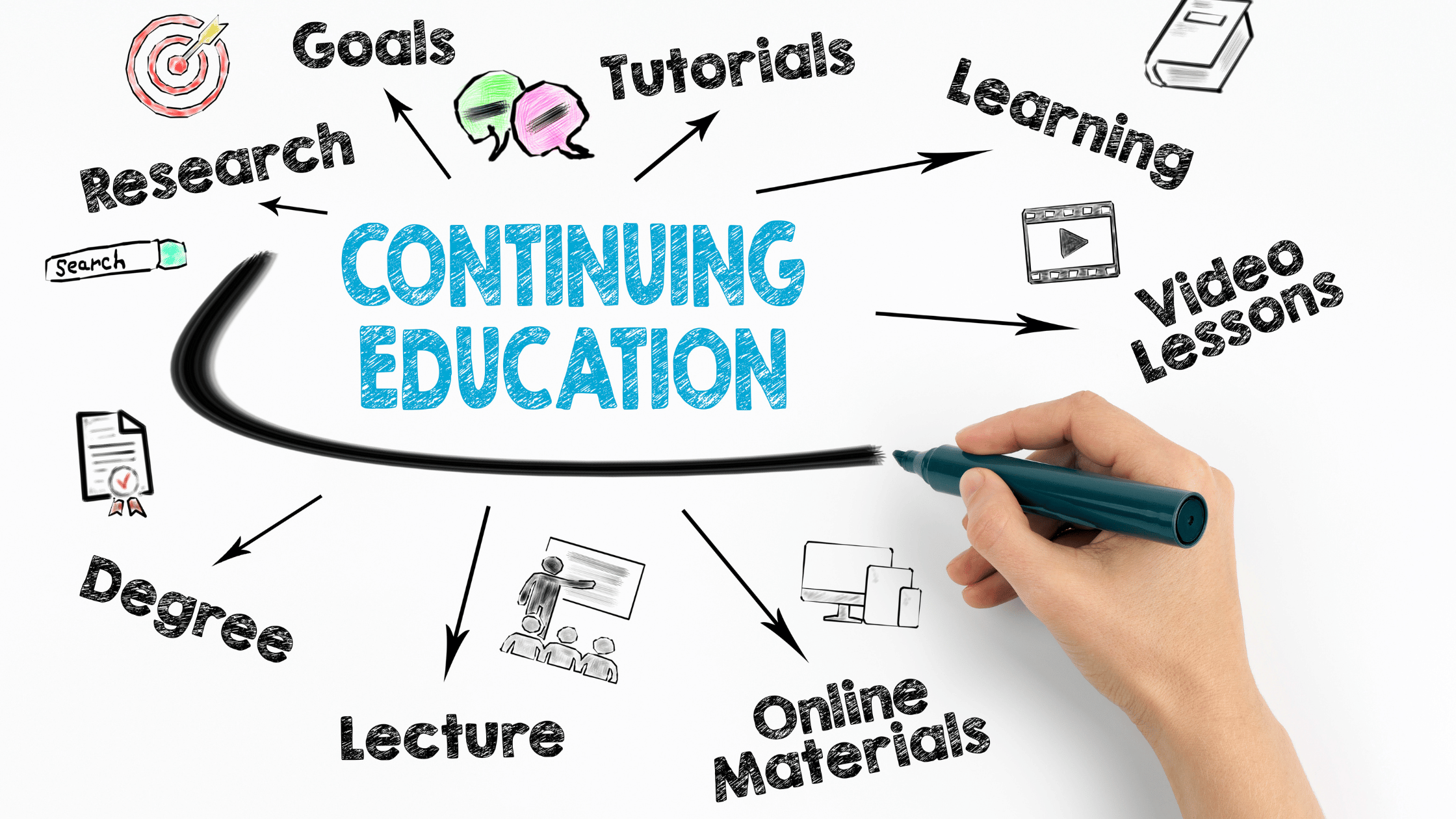
Your education and continuous learning are the foundations upon which your career is built. Include the most recent degree, including the institution, location, degree name, major, minor, graduation year, and honors.
Highlight any certifications, especially for jobs like nursing, accounting, and teaching, to demonstrate specialized expertise and skill set expansion.
Listing Education with Relevance
Your education isn’t just about the degree you earned; it’s about the relevance of your learning to the job you’re applying for. Include the following information in the education section for current students or recent graduates:
-
School name
-
Expected graduation year
-
Major
-
Degree type
Showcasing Professional Development and Certifications
Your professional development and certifications are the stepping stones in your career path. Adding additional training or certifications in your resume can significantly enhance your qualifications for the job you are applying to.
Showcasing honors, awards, or certifications in your resume summary can emphasize recognized expertise or essential qualifications relevant to the job.
Add the finishing touches to Your Resume
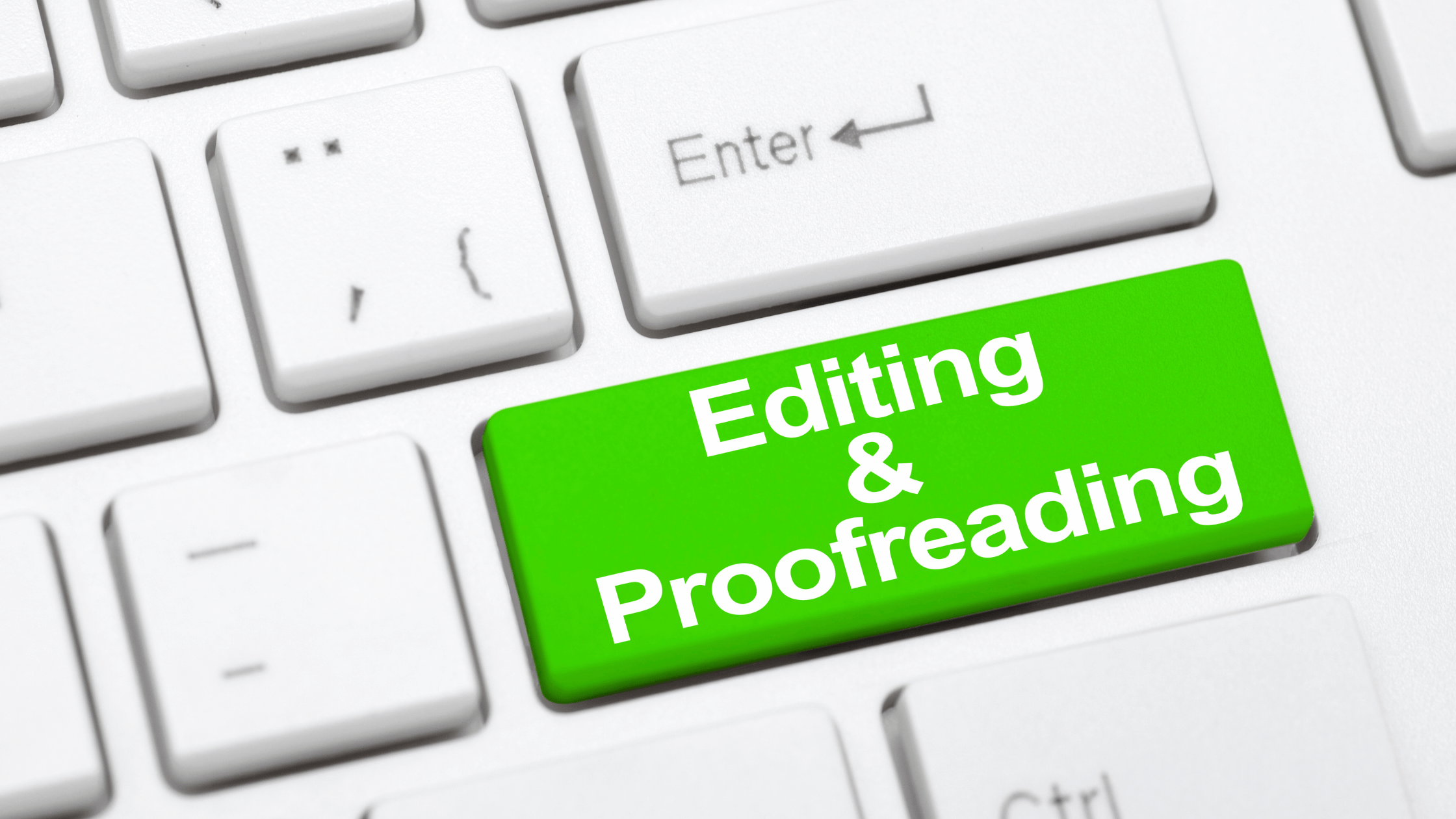
Just as a diamond is polished to reveal its brilliance, your resume must be polished to reveal your potential. Use a resume checklist to assess the completeness and quality of the resume before considering it final.
Proofreading Is Paramount
A single typo can be the difference between a job offer and a rejection. If recruiters notice a typo, they are likely to automatically reject a candidate. It is important to thoroughly check your application for errors before submitting it. Thorough proofreading is necessary to catch and correct mistakes that could otherwise lead to a weak resume and potentially months of no job responses.
Visual Appeal and Readability
Your resume is a visual representation of your career. To maintain ATS compatibility, resumes should have one-inch margins and text should not appear in the headers or footers.
Choosing widely available and commonly used fonts ensures a resume will be properly parsed by ATS while also being easy to read for humans. Knowing how to write a resume is crucial for making a great first impression.
Complementing Your Resume with a Cover Letter
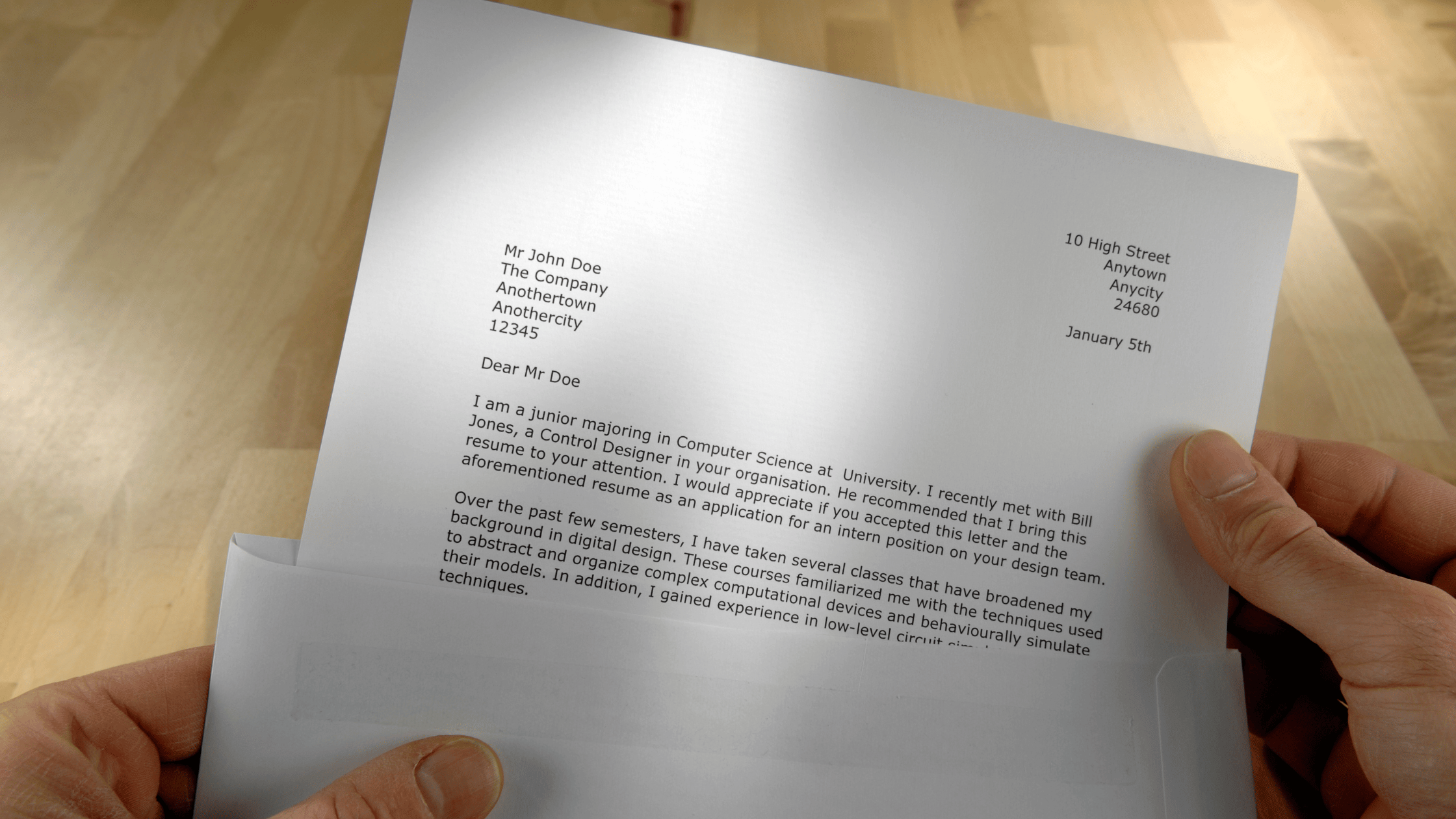
Your resume and cover letter are like a pair of shoes; they need to match and complement each other. Including a cover letter with your resume can nearly double your chances of getting hired, as it provides additional insights into your experience and career aspirations.
A cover letter should clearly articulate why you are a good fit for the position, offering further context to your professional history showcased in the resume.
The Role of a Cover Letter in Your Job Application
Just as a handshake sets the tone for a meeting, a cover letter sets the tone for your job application. Cover letters are particularly crucial for job applications at mission-driven organizations or when the job posting specifically requests one.
Your cover letter is not just an introduction; it’s a tool to enhance your resume. Researching the organization and job role is crucial before writing a cover letter to ensure it aligns with the specific requirements and culture of the company.
A tailored cover letter uses specific examples from the applicant’s experience to highlight their qualifications and demonstrate a genuine interest in the open position.
In Summary
In the quest for the perfect resume, structure, clarity, and customization are your guiding stars. Choose the right format—be it reverse-chronological to showcase career progression, functional to highlight your skills, or a combination to balance both.
Craft a compelling resume summary that acts as your professional highlight reel. Tailor your resume to fit the job description like a glove, with relevant keywords for ATS optimization. Showcase your skills with precision, distinguishing between the hard and soft, and transform your work experiences into a narrative of achievements. Don’t forget to include your educational background and continuous learning efforts, as they form the foundation of your professional qualifications.
Finally, polish your resume to perfection, proofread for errors, and ensure its visual appeal aligns with readability and professionalism.
Let your resume be the beacon that guides you to your next career opportunity, and remember, a well-crafted resume is not just a document—it’s the key to unlocking doors in your job search journey. Let it reflect your potential and propel you towards the success you deserve.

